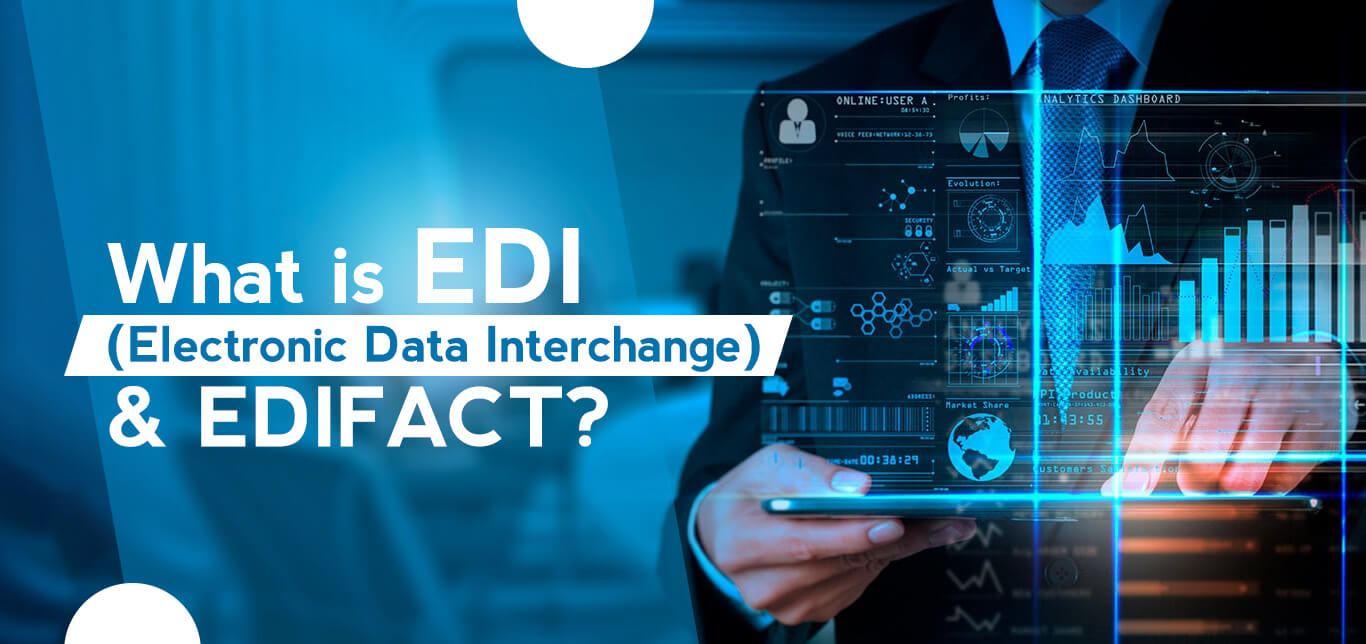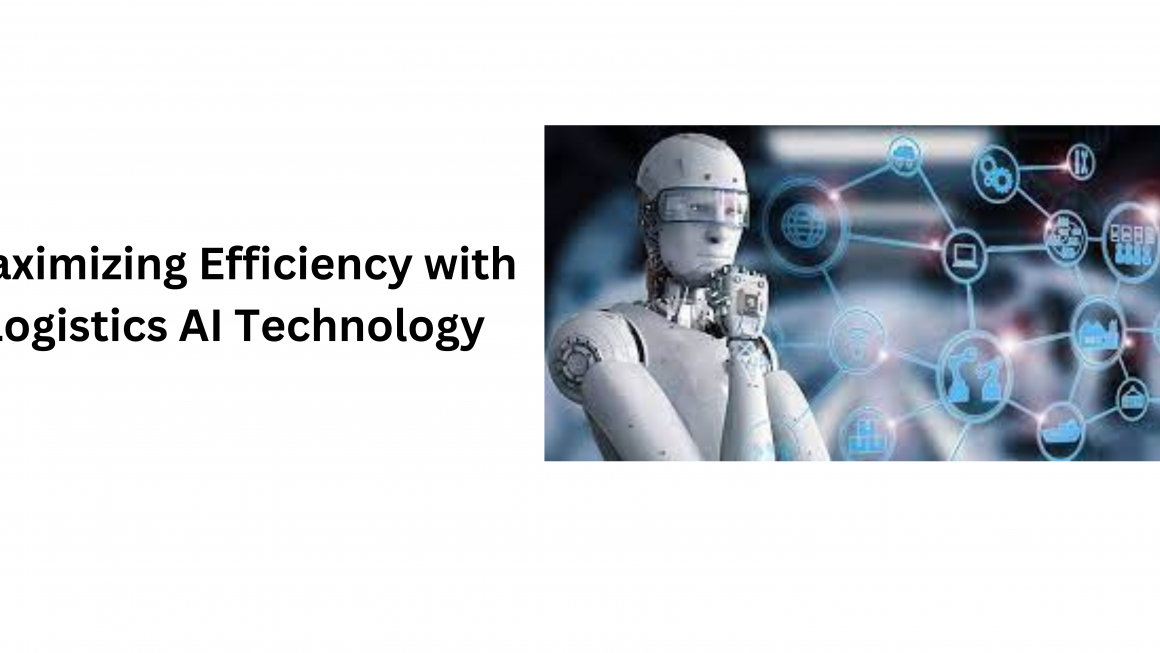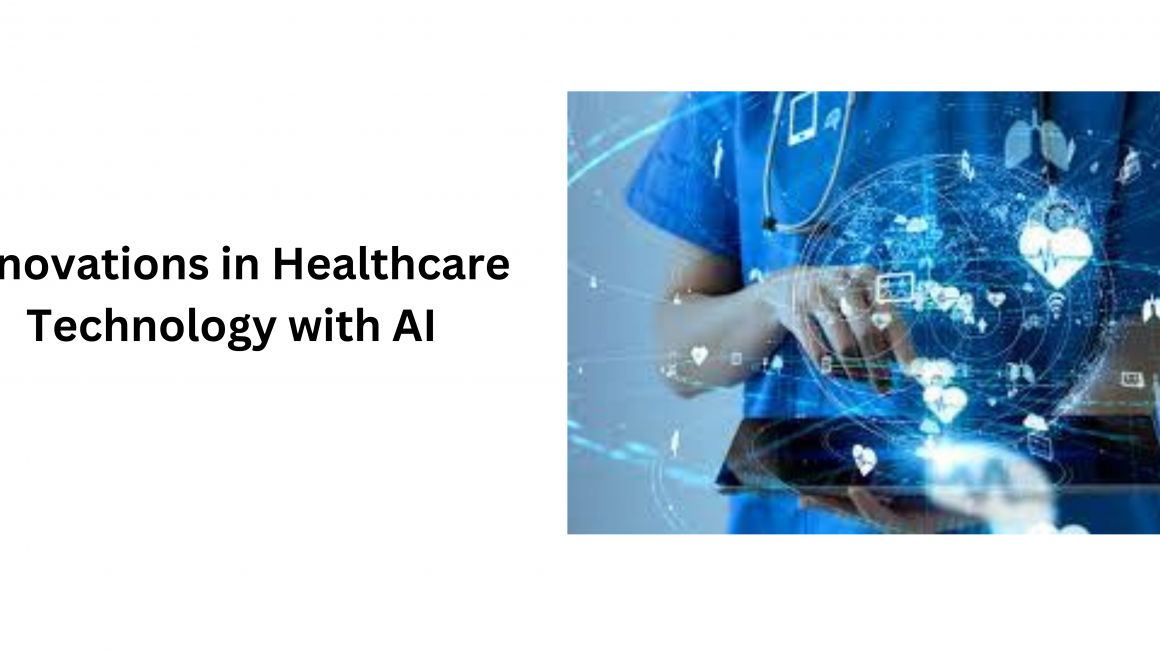EDI, or electronic data interchange, is the process of sending and receiving business-related documents electronically between different organizations. This can include various documents such as invoices, shipping notifications, and purchase orders. It is a way for organizations to quickly and efficiently exchange important information without needing paper-based methods.
A standard format, known as EDIFACT, includes a set of codes that allow parties involved in the EDI process to understand and interpret EDI messages, regardless of the industry. EDIFACT includes a list of industry-specific regulations for businesses in the transportation, healthcare, and retail sectors, further improving the efficiency and accuracy of document exchange between organizations.
EDIFACT offers a familiar syntax and structure for EDI messages. The design and format of EDI messages are outlined by a set of protocols and standards called EDIFACTs.
EDI services and EDIFACT standards help to simplify and mechanize the flow of business transactions between companies. This results in less manual data entry, fewer errors, and more efficient and accurate communication between trading partners. By using EDI services and EDIFACTs, organizations can improve the efficiency of their supply chain, reduce costs and increase customer satisfaction.
History and Evolution of EDI and EDIFACT
The history of EDI (Electronic Data Interchange) and EDIFACT (Electronic Data Interchange for Administration, Commerce, and Transport) dates back to the 1960s and 1970s when businesses began to explore the possibilities of electronic communication for exchanging business documents.
Early in the history of EDI, businesses had trouble communicating with one another because they had to use proprietary systems to exchange data. In the 1970s, the American National Standards Institute began developing ANSI X12, a standard for electronic data interchange. Although it had limited adoption abroad, this standard was primarily used in the United States.
The United Nations formed a working group to create EDIFACT in the 1980s in order to develop a global standard for EDI. Since its official adoption in 1986, EDIFACT has grown to rank among the most used EDI standards globally.
With changing business needs and technological advancements, EDI services and EDIFACTs have evolved over time to keep up. For example, the internet and web technologies have led to the development of web-based EDI solutions, allowing easy and cost-effective connections between organizations.
The operations of many organizations today depend significantly on EDI services and EDIFACTs, which are consistently evolving to meet the varying demands of the business world. The backbone of electronic business communication continues to be EDI services and EDIFACTs, which are widely adopted and utilized across several industries and sectors.
ANSI X12
The Accredited Standards Committee X12 currently oversees the ANSI X12 EDI standard, which was created in the 1970s (ASC X12). Several different industries, including manufacturing, healthcare, logistics, and retail, heavily rely on this standard. It was developed with American usage in mind.
One of ANSI X12‘s key features is its adaptability, which enables organizations to tailor their EDI messages to suit their business needs. This flexibility is achieved through the use of functional groups and data elements. Functional groups are collections of related transaction sets, whereas data elements are the discrete pieces of information that make up an EDI message.
The ANSI X12 standard includes several transaction sets, each designed for a specific type of business document. Some of the most commonly used transaction sets include:
- Purchase Orders (850)
- Invoices (810)
- Advanced Shipping Notices (856)
- Payment Orders/Remittance Advice (820)
- Inventory Inquiry/Advice (846)
- Transportation Carrier Shipment Status Messages (214)
ANSI X12 also includes guidelines for how to handle errors and exceptions that may occur during the EDI process, such as how to handle missing or invalid data and how to handle situations where a trading partner is unable to process an EDI message.
Also Read:- Top 10 EDI 820 Professional Service Providers In The USA
The ANSI X12 270 transaction, which is utilized to exchange healthcare eligibility and benefit information between healthcare providers and payers, is one of the key elements of ANSI X12. Healthcare providers can quickly and precisely ascertain a patient’s coverage and benefits using the ANSI X12 270 transaction, which facilitates the billing and reimbursement process.
Another critical component of ANSI X12 is the ANSI X12 837 EDI transaction, which is used for the electronic submission of claims and encounter information to payers. The ANSI X12 837 EDI transaction is a widely utilized standard in the healthcare field, which encompasses a wealth of information regarding patients, the medical services they have received, and the costs associated with those services. By using this EDI transaction, the healthcare industry is able to make the process of handling claims more efficient and streamline the reimbursement process, resulting in a more efficient healthcare system overall.
ANSI X12 856 is also a key component of ANSI X12. This EDI transaction communicates Advance Ship Notice (ASN) information between a supplier and a customer. It is used to communicate the details of a shipment, such as the shipping date, the tracking number, and the items in the shipment. This enables the receiving party to prepare for the incoming goods and streamline their inventory management process.
EDIFACT
EDIFACT is a thorough standard that specifies rules for the structure and format of EDI messages and how errors and other exceptions should be handled during the EDI process. The bar is broken down into a number of segments, which serve as the foundation for EDI message types, and it also contains a number of data elements that can be used to build customized EDI messages to satisfy particular business requirements.
The adaptability of EDIFACT is one of its main advantages. A variety of segments and data elements provided by the standard can be used to design EDI messages that are tailored to the unique requirements of an organization. Due to their ability to customize the automation and streamlining of their business processes, organizations are given this flexibility.
These codes ensure that all parties involved in the EDI process can comprehend EDI messages regardless of the industry. A list of industry-specific standard codes for businesses in the transportation, healthcare, and retail sectors is also part of EDIFACT. This improves the efficiency and accuracy of business document exchange between organizations.
Also Read:- Top 10 EDI 834 Service Providers In The USA
EDIFACT is renowned for its security features, in addition to its adaptability. To ensure that EDI messages are shielded from unauthorized access and tampering, the standard includes instructions for data encryption and digital signatures. Because of this, businesses that handle sensitive data can feel secure using EDIFACT.
The electronic exchange of commercial documents like purchase orders, invoices, and shipping notifications is governed by the international standard EDIFACT (Electronic Data Interchange for Administration, Commerce, and Transport). Several industries, including the airline industry, have widely embraced EDIFACT. Flight schedules, passenger data, and cargo manifests are exchanged in the airline industry using EDIFACT. The EDIFACT DELFOR (Delivery Schedule) message, used to communicate delivery schedules for goods or services, is one of the most frequently used EDIFACT messages in the airline industry.
EDIFACT includes several standard segments and codes utilized across various industries in addition to its use in particular industries. The DTM (Date/Time/Period) segment, for example, is used in EDIFACT messages to specify dates and times. Numerous qualifiers are included in the DTM segment, including “137” for the requested delivery date and “2” for the actual delivery date. This makes it possible to communicate crucial delivery and shipping dates and times in a clear and accurate manner.
EDIFACT vs. X12
The process of exchanging business documents electronically between organizations is known as EDI (Electronic Data Interchange). Two of the most widely adopted EDI standards on a global scale are EDIFACT and ANSI X12. While both standards were developed with the intention of improving the accuracy and efficiency of business document exchange, there are some significant differences between them. EDIFACT is a comprehensive standard created by the UN in the 1980s and is widely used internationally, especially in Europe. It is renowned for its adaptability and contains rules for the structure and format of EDI messages and how errors and exceptions should be handled.
The American National Standards Institute (ANSI), which developed ANSI X12 in the early 1980s, is primarily used in North America and the United States. The standard is segmented and contains data elements that can be used to build unique EDI message types to satisfy particular business requirements. Additionally, it includes recommendations for security elements like data encryption and digital signatures. Furthermore, EDIFACT is considered to be more complex and flexible than ANSI X12. The decision between EDIFACT and ANSI X12 is frequently influenced by the particular requirements of an organization and those of its trading partners.
Role of EDI and EDIFACT in Industry 4.0
Industry 4.0, also known as the fourth industrial revolution, is characterized by integrating advanced technologies such as IoT, AI, and big data into manufacturing and production processes. EDI (Electronic Data Interchange) and EDIFACT (Electronic Data Interchange for Administration, Commerce, and Transport) play a crucial role in enabling seamless data integration and communication between different systems and devices in Industry 4.0.
The use of EDIFACT, an international standard for the electronic exchange of business documents, is widespread throughout many different sectors of the economy, including transportation, healthcare, and retail. The automatic and real-time data exchange between systems and devices made possible by Industry 4.0’s use of EDI, and EDIFACT increases manufacturing and production processes’ efficiency, accuracy, and visibility.
Automation and streamlining of supply chain procedures are two significant advantages of EDI and EDIFACT in Industry 4.0. Suppliers can send purchase orders, invoices, and shipping notifications to manufacturers and logistics companies using EDI and EDIFACT, which can then process and track them automatically. The accuracy and speed of supply chain processes are increased, and manual data entry is no longer necessary.
The capacity of EDI and EDIFACT in Industry 4.0 to connect various systems and devices and share data between them is another advantage. For instance, by integrating an EDI system with a manufacturing system, data like production schedules and inventory levels can be automatically shared and used to optimize production processes. It is always suggested to contact Electronic Data Interchange Providers to compete in the market for automation.
Conclusion
These standards have proven highly effective in streamlining business processes and improving efficiency across various industries. By using EDI and EDIFACT, companies can reduce errors and delays, improve data accuracy and security, and increase operational efficiency through EDI Outsourcing Companies or in-house services.
As we progress towards Industry 4.0, the incorporation of EDI and EDIFACT by companies has become increasingly crucial. Integrating these technologies into business operations allows companies to be more connected, efficient, and responsive to changes in the market. The adoption of EDI and EDIFACT enables companies to stay competitive and improve their performance in the current digitized environment.
With the ongoing advancements in technology, it is vital for companies to adopt these standards to remain relevant and maintain a competitive edge in the industry. With the integration of digital technologies such as IoT, Machine Learning, and AI, the use of EDI and EDIFACT will become even more critical in order to stay competitive.
If your company is not currently utilizing EDI and EDIFACT, it is vital to consider the benefits that these standards can provide to your business operations. These technologies can help you streamline your data exchange processes, improve efficiency, and reduce costs. With the ongoing digital revolution, it is crucial for companies to stay competitive and adopt new technologies that can improve their performance.
One of the first steps you can take toward EDI and EDIFACT adoption is to research different EDI solution providers and EDIFACT service providers. This can be done by comparing their features, pricing, and customer support options. You should also consider the solution’s scalability, its level of integration with existing systems, and the level of customization it offers.
TopOrgs is an excellent resource for finding EDI Service Providers in the USA. It can provide you with a list of the top EDI solution providers and EDIFACT service providers in the country. This can help you make an informed decision about which provider best suits your needs.




